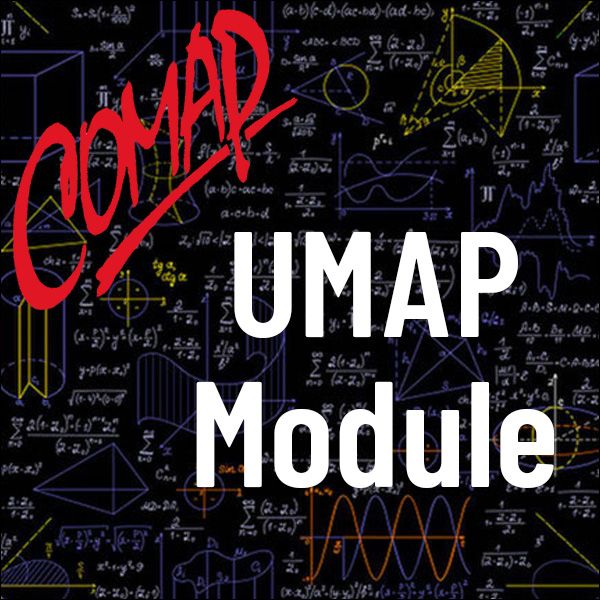Markov Chains and Applications of Matrix Methods: Fixed Point and Absorbing Markov Chains (UMAP)
Author: Sister Mary K. Keller
The Markov process pulls together related prior probabilities into chains of events. The description of the process in matrix form allows one to make long-range predictions. Students define a Markov chain, interpret powers of matrices representing Markov chains, recognize certain processes as Markov chains, formulate a matrix of transition probabilties from a tree diagram of a Markov chain.
Table of Contents:
1. MARKOV CHAINS
1.1 Introduction
1.2 Tree Diagrams
1.3 Calculating Probabilities From a Tree Diagram
1.4 The Matrix Representation of a Markov Chain
1.5 Experiment 1
1.6 Experiment 2
1.7 Model Exam (Unit 107)
2. APPLICATIONS OF MATRIX METHODS: FIXED POINT AND ABSORBING MARKOV CHAINS
2.1 Challenge Problem
2.2 Regular Transition Matrices
2.3 Fixed-Probability Vectors
2.4 Calculating a Fixed-Probability Vector
2.5 Experiment 1
2.6 A Fixed Probability Vector from a System of Linear Functions
2.7 Experiment 2
2.8 Experiment 3
2.9 Absorbing Markov Chains
2.10 A Second Challenge Problem
2.11 Standard Form for an Absorbing Markov Chain
2.12 Partitioning the Standard Form
2.13 Making Decision Based on Probability
2.14 The Probability of Reaching a Given Absorbing State
2.15 Experiment 4
2.16 Model Exam (Unit 111)
3. ANSWERS TO EXERCISES (UNIT 107)
4. ANSWERS TO MODEL EXAM (UNIT 107)
5. ANSWERS TO MODEL EXAM (UNIT 111)
APPENDIX A

Mathematics Topics:
Application Areas:
Prerequisites:
You must have a Full Membership to download this resource.
If you're already a member, login here.